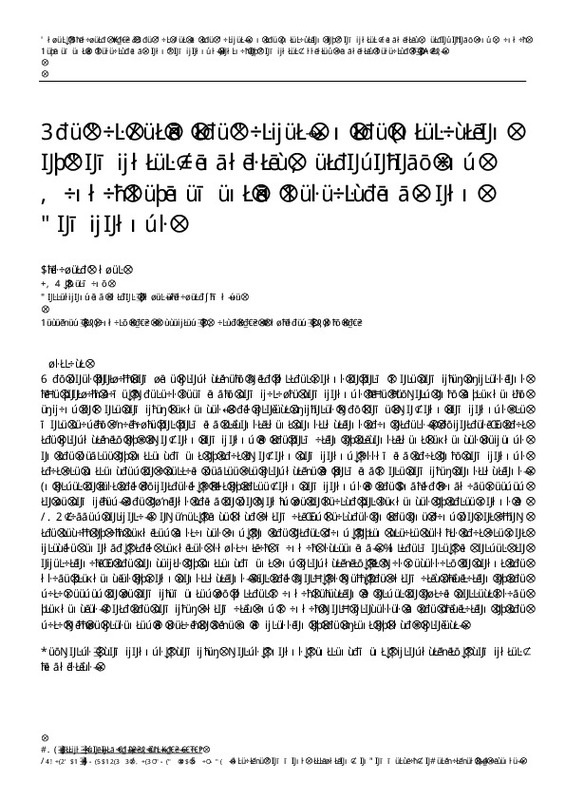JavaScript is disabled for your browser. Some features of this site may not work without it.
Buscar en RiuNet
Listar
Mi cuenta
Estadísticas
Ayuda RiuNet
Admin. UPV
The car pet in the carpet. On the interaction of computer-linguistic methodology and manual refinement in researching noun compounds
Mostrar el registro sencillo del ítem
Ficheros en el ítem
| dc.contributor.author | Huber, Elisabeth
|
es_ES |
| dc.date.accessioned | 2019-07-19T10:52:55Z | |
| dc.date.available | 2019-07-19T10:52:55Z | |
| dc.date.issued | 2019-07-16 | |
| dc.identifier.uri | http://hdl.handle.net/10251/123827 | |
| dc.description.abstract | [EN] Why does football combine productively with further nouns to form more complex expressions like football game, whereas seemingly comparable compounds like keyword only infrequently expand to more complex sequences? This project explores why some two-noun compounds are more readily available for forming triconstituent constructions than others. I hypothesize that the productivity of a two-noun compound in the formation of triconstituent sequences depends on the degree of entrenchment of that two-noun compound, assuming that only compounds that are entrenched to a certain degree are productive in forming more complex constructions. In order to test this hypothesis, a list of three-noun compounds in the English language needed to be compiled. The obvious thing to do would be to search for sequences of three nouns in POS-tagged corpora. However, since such automatized searches on the one hand do not allow the recall of all required instances and, on the other hand, often create results that are not precise enough, this requires substantial manual screening. Furthermore, in order to operationalize the concepts of entrenchment and productivity, it was necessary to count the usage frequencies of noun constructions. For this work, as well, the automatic elicitation of the data needed to be complemented by further manual selection in order to obtain correct usage frequencies. Both the complex automatic and manual work processes in the elicitation of the data will be presented in detail to give an impression of the extent of such a project. | es_ES |
| dc.language | Inglés | es_ES |
| dc.publisher | Universitat Politècnica de València | |
| dc.relation.ispartof | Journal of Computer-Assisted Linguistic Research | |
| dc.rights | Reconocimiento - No comercial - Sin obra derivada (by-nc-nd) | es_ES |
| dc.subject | Compounds | es_ES |
| dc.subject | Complex words | es_ES |
| dc.subject | Nouns | es_ES |
| dc.subject | Entrenchment | es_ES |
| dc.subject | Productivity | es_ES |
| dc.subject | Computer-linguistics | es_ES |
| dc.title | The car pet in the carpet. On the interaction of computer-linguistic methodology and manual refinement in researching noun compounds | es_ES |
| dc.type | Artículo | es_ES |
| dc.date.updated | 2019-07-19T10:31:07Z | |
| dc.identifier.doi | 10.4995/jclr.2019.11316 | |
| dc.rights.accessRights | Abierto | es_ES |
| dc.description.bibliographicCitation | Huber, E. (2019). The car pet in the carpet. On the interaction of computer-linguistic methodology and manual refinement in researching noun compounds. Journal of Computer-Assisted Linguistic Research. 3(3):78-95. https://doi.org/10.4995/jclr.2019.11316 | es_ES |
| dc.description.accrualMethod | SWORD | es_ES |
| dc.relation.publisherversion | https://doi.org/10.4995/jclr.2019.11316 | es_ES |
| dc.description.upvformatpinicio | 78 | es_ES |
| dc.description.upvformatpfin | 95 | es_ES |
| dc.type.version | info:eu-repo/semantics/publishedVersion | es_ES |
| dc.description.volume | 3 | |
| dc.description.issue | 3 | |
| dc.identifier.eissn | 2530-9455 | |
| dc.description.references | Baayen, Harald. 1993. "On frequency, transparency and productivity." In Yearbook of morphology, edited by Geert Booij and Jaap van Marle, 181-208. Dordrecht, Boston, and London: Kluwer. https://doi.org/10.1007/978-94-017-3710-4_7 | es_ES |
| dc.description.references | Blumenthal-Dramé, Alice. 2012. Entrenchment in usage-based theories. What corpus data do and do not reveal about the mind. Berlin: de Gruyter Mouton. https://doi.org/10.1515/9783110294002 | es_ES |
| dc.description.references | Carstairs-McCarthy, Andrew. 2002. An introduction to English morphology. Words and their structure. Edinburgh: Edinburgh University Press. | es_ES |
| dc.description.references | Davies, Marc. 1990-2011/2012. "The Corpus of Contemporary American English (COCA)". https://corpus.byu.edu/coca/. | es_ES |
| dc.description.references | Engelberg, Stefan, Henning Lobin, Kathrin Steyer, and Sascha Wolfer. 2018. Wortschätze: Dynamik, Muster, Komplexität. Berlin: De Gruyter. https://doi.org/10.1515/9783110579963 | es_ES |
| dc.description.references | Hilpert, Martin. 2018. "Wie viele Konstruktionen stecken in einem Wortbildungsmuster? Eine Problematisierung des Produktivitätsbegriffs aus konstruktionsgrammatischer Sicht." In Wortschätze: Dynamik, Muster, Komplexität, edited by Stefan Engelberg, Henning Lobin, Kathrin Steyer, and Sascha Wolfer, 91-106. Berlin: De Gruyter. https://doi.org/10.1515/9783110579963-006 | es_ES |
| dc.description.references | Langacker, Ronald. 1987. Foundations of cognitive grammar. Vol. I: Theoretical prerequisites. Stanford, CA: Stanford University Press. | es_ES |
| dc.description.references | Langacker, Ronald. 2008. Cognitive grammar. A basic introduction. Oxford: OUP. https://doi.org/10.1093/acprof:oso/9780195331967.001.0001 | es_ES |
| dc.description.references | Schmid, Hans-Jörg. 2007. "Entrenchment, salience and basic levels." In The Oxford Handbook of Cognitive Linguistics, edited by Dirk Geeraerts and Hubert Cuyckens, 117-138. Oxford: OUP. | es_ES |
| dc.description.references | Schmid, Hans-Jörg. 2010 "Does frequency in text really instantiate entrenchment in the cognitive system?" In Quantitative methods in cognitive semantics: Corpus-driven approaches, edited by Dylan Glynn and Kerstin Fischer, 101-133. Berlin: Walter de Gruyter. https://doi.org/10.1515/9783110226423.101 | es_ES |
| dc.description.references | Schmid, Hans-Jörg. 2016. English morphology and word-formation. An introduction. Berlin: Schmidt. | es_ES |
| dc.description.references | Schmid, Hans-Jörg. 2017. Entrenchment and the psychology of language learning. How we reorganize and adapt linguistic knowledge. Boston: APA and Walter de Gruyter. https://doi.org/10.1037/15969-000 | es_ES |
| dc.description.references | Stefanowitsch, Anatol, and Susanne Flach. 2017. "The corpus-based perspective on entrenchment." In Entrenchment and the psychology of language learning: how we reorganize and adapt linguistic knowledge, edited by Hans-Jörg Schmid, 101-127. Boston: APA and Walter de Gruyter. https://doi.org/10.1037/15969-006 | es_ES |
| dc.description.references | Thanopoulos, Aristomenis, Nikos Fakotakis, and George K. Kokkinakis. 2002. "Comparative Evaluation of Collocation Extraction Metrics." LREC, 620-625. | es_ES |
| dc.description.references | Warren, Beatrice. 1978. Semantic Patterns of Noun-Noun Compounds. Göteburg: Acta Universitatis Gothoburgensis. | es_ES |








